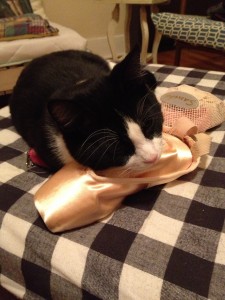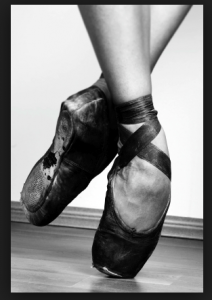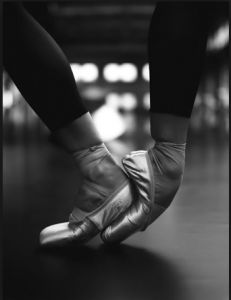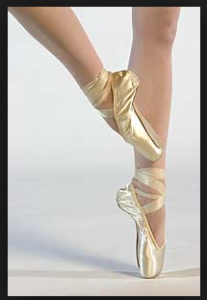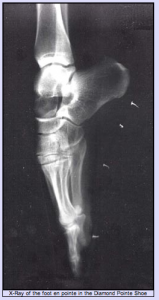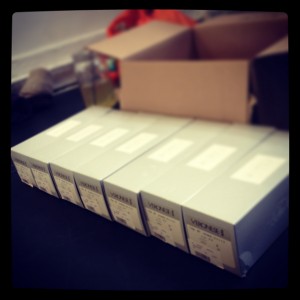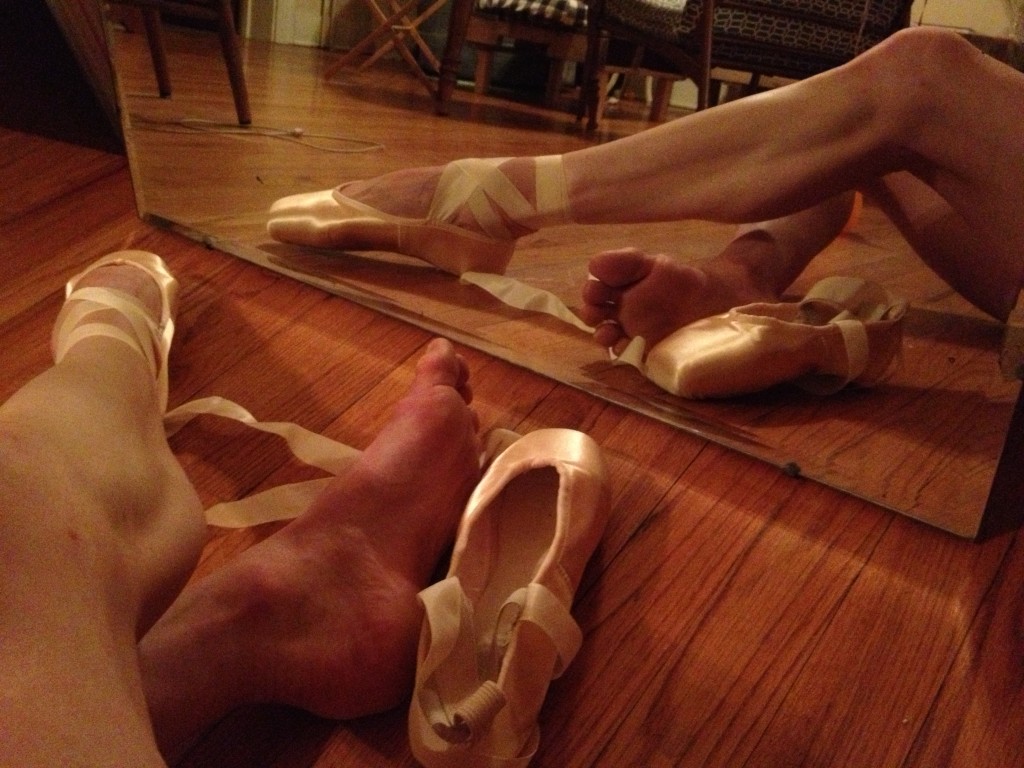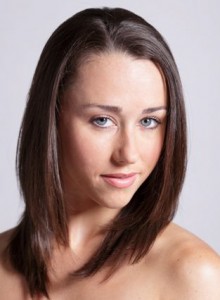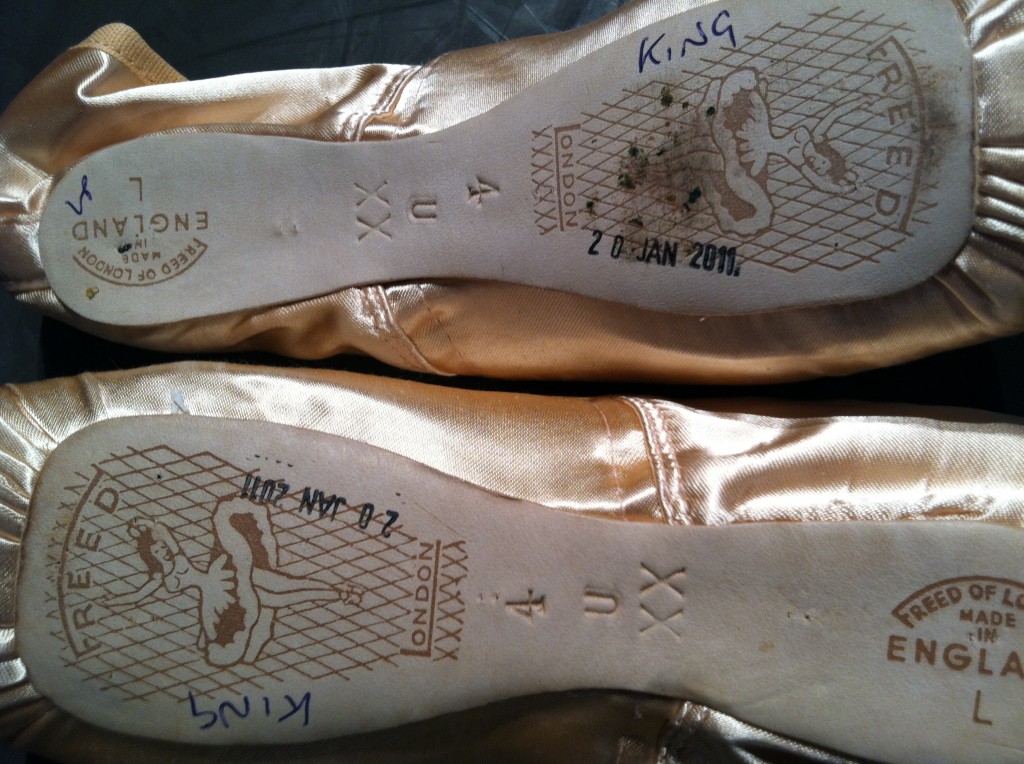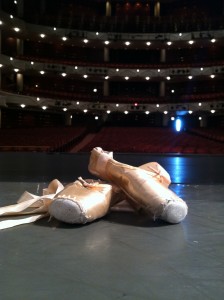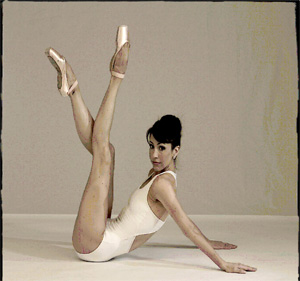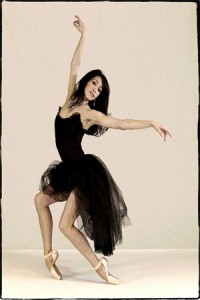Alabama Ballet company member Nadine Barton on pointe shoes and foot care.
1. What brand and model of pointe shoe do you wear?
2. How long have you worn this model?
For about five years.
3. Why does this model work best for your feet?
I like the way the model shapes to my feet as well as provides support in the right ways. I never liked having space from the floor when I am up on pointe, and, with these, I can always feel the floor.
4. Does anything about the structure of your feet create challenges for pointe work? [Read more…]








